Mastering Precision
If you’re looking to improve your shooting accuracy, understanding proper trigger control is essential. Proper trigger control means you should smoothly press the trigger to avoid disturbing the gun and maintain a steady aim. This article guides you through the vital steps for consistent precision, focusing on grip, finger placement, and the significance of dry fire practice - equipping you with the tools to refine your technique and hit your target with confidence.
Key Takeaways
- Proper trigger control is pivotal for shooting accuracy and involves a stable grip, precise finger placement on the trigger, and consistent practice, including dry fire drills.
- Shooting precision requires the synchronization of sight alignment with trigger control, ensuring the firearm remains on target throughout the shot, and includes follow-through and recovery techniques for consistency across multiple shots.
- Advanced trigger control techniques, the understanding of double action versus single action triggers, effective management of trigger reset, and custom trigger modifications can greatly improve shooting performance.
The Foundation of Proper Trigger Control
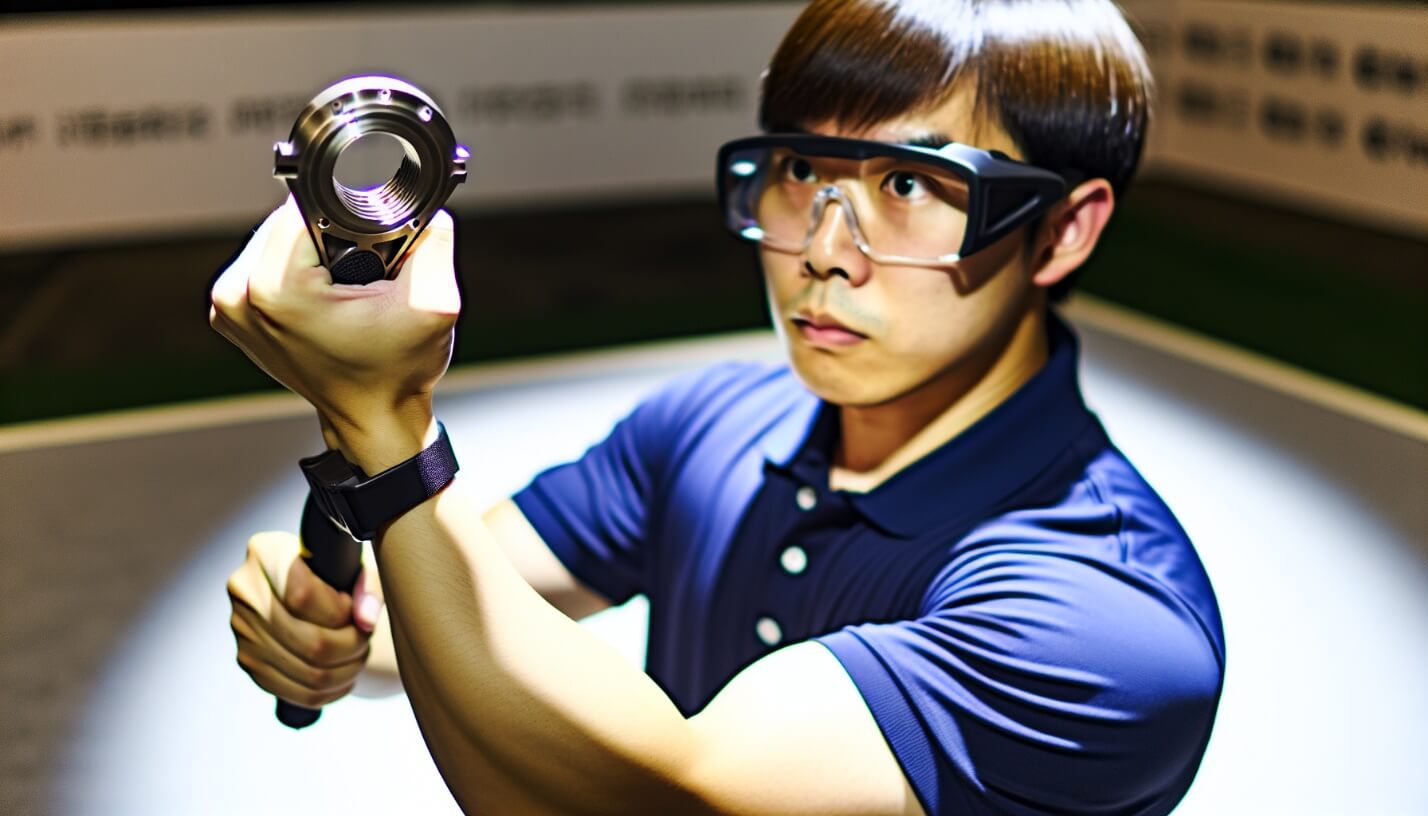
Mastering trigger control, an essential element of shooting fundamentals, is akin to laying a solid foundation for a building. It’s the bedrock upon which accuracy is built. It involves the delicate art of manipulating the trigger smoothly until the shot breaks without causing any disturbance to other parts of the hand. The key here is stability. Just as a tower built on shaky ground will wobble, a shot fired with unstable hand movement will likely miss the mark. And, much like any valuable skill, it requires regular practice to maintain proficiency.
Understanding the key principles of trigger control - grip, finger placement, and the role of dry firing, is fundamental to grasping its intricacies. Each plays a crucial role in ensuring that when your finger presses that trigger, your shot hits its mark.
The Importance of Grip
A firm handshake not only leaves a good impression but also is a tenet of proper grip in shooting. The key is to maintain steady grip pressure throughout the trigger pull, ensuring the sights remain aligned until the weapon fires. This stability is best achieved using a two-handed hold, applying pressure from front to rear.
A stable grip not only enhances accuracy but also effectively manages recoil by directing it back to the hand and arm in a straight line, which facilitates accurate repeat shots. However, one must be wary of jerking the trigger, an abrupt application of pressure that disrupts accuracy. Thus, a proper grip is a trusty ally in the quest for accurate shooting.
Finger Placement and Pressure
Finger placement and pressure on the trigger work in harmony, much like a carefully choreographed dance. The goal is to fire the firearm without disturbing the sight picture, ensuring the shot hits its mark. This delicate balance is achieved when the trigger finger placement is done in a manner that maintains the sight picture throughout the trigger pull.
Achieving an optimal trigger pull, one that keeps the sights on target irrespective of hand size, grip size, and firearm type, is a mark of a seasoned shooter. A good rule of thumb is that the second joint of the index finger should make roughly a 90-degree angle with the trigger when fully pressed to the rear. This serves as an ideal checkpoint for optimal finger placement.
The Role of Dry Firing
Dry fire training bears a resemblance to a boxer’s shadow boxing when it comes to shooting. It provides a valuable platform for skill development, allowing focused practice on trigger control to build muscle memory for a smoother trigger pull, all without the use of live ammunition. This focused practice can dramatically improve marksmanship, ensuring a stable hand movement and familiarization with the trigger’s feel without disturbing sight alignment.
One of the most beneficial aspects of dry firing is its utility in correcting trigger jerking. By maintaining steady pressure for a surprise break, dry fire practice can help mitigate this issue. Thus, dry firing not only refines the art of trigger control but also serves as a gateway to mastering precision.
Perfecting Your Trigger Press
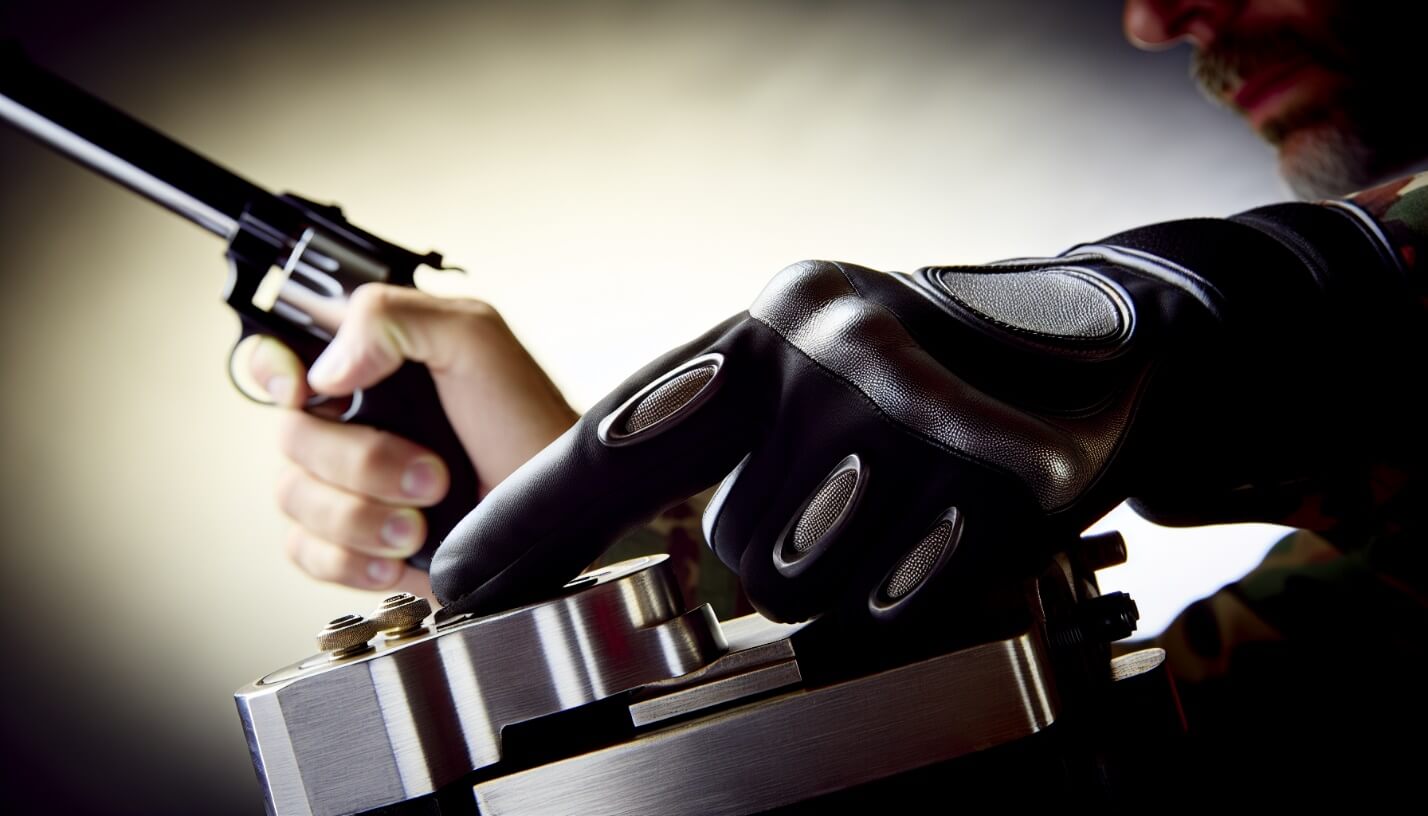
Perfecting your trigger press is like building a sturdy structure on the foundation of trigger control. A smooth trigger press is crucial for hitting the target exactly where intended. It involves pressing the trigger straight back to maintain accurate shot placement, with the correct amount of finger on the trigger to avoid pulling or pushing the gun off target.
The key to mastering precision shooting lies in the consistency of finger placement and pressure during the trigger press. To delve deeper into the art of perfecting your trigger press, we need to understand three integral components: eliminating trigger slack, applying positive pressure, and achieving the surprise break.
Eliminating Trigger Slack
Eliminating trigger slack is a crucial step in initiating an accurate shot, much like tightening the strings of a guitar for the perfect pitch. Trigger slack, also known as take-up, is the initial free travel of the trigger before the press begins. Confusing trigger slack with the actual trigger press can lead to inaccurate shots caused by jerking the trigger.
The process of eliminating trigger slack involves lightly pressing the trigger to the rear until the resistance indicating the start of the actual trigger press is felt. A useful technique to help recognize and eliminate trigger slack is to verbalize the process out loud during dry practice by saying ‘Slack out’ as the initial slack is taken up.
Understanding and practicing the removal of trigger slack is critical for achieving accurate hits, regardless of the shooter’s skill level.
Applying Positive Pressure
Applying positive pressure to the trigger should be as gentle as squeezing a lemon - exerting just enough force to extract the juice without crushing the fruit. For optimal precision, the trigger should be pressed straight to the rear using the first bone section or the first joint of the index finger. Achieving stability during trigger pull is achieved by applying pressure with the trigger finger only, maintaining a constant grip pressure and keeping the other fingers and thumb motionless.
Maintaining continuous, positive pressure on the trigger is crucial and should be coordinated with acute visual focus and maximum concentration to preserve sight alignment. The zipper pull technique, which encourages maintaining a constant speed and minimal effort throughout the trigger press, enhances control and precision.
Achieving the Surprise Break
The surprise break technique, similar to a magician’s trick, involves firing the shot without the shooter predicting the precise moment. This technique is critical in various shooting disciplines, including defensive shooting, competitions, and hunting, and is applicable to all types of pistols.
The intention of the surprise break is to fire the gun without the shooter flinching or jerking, common reactions when anticipating the shot. With dedicated practice, shooters can learn to smoothly and swiftly apply trigger pressure, thus reducing the time to fire a shot while still maintaining accuracy.
Synchronizing Sight Alignment and Trigger Control
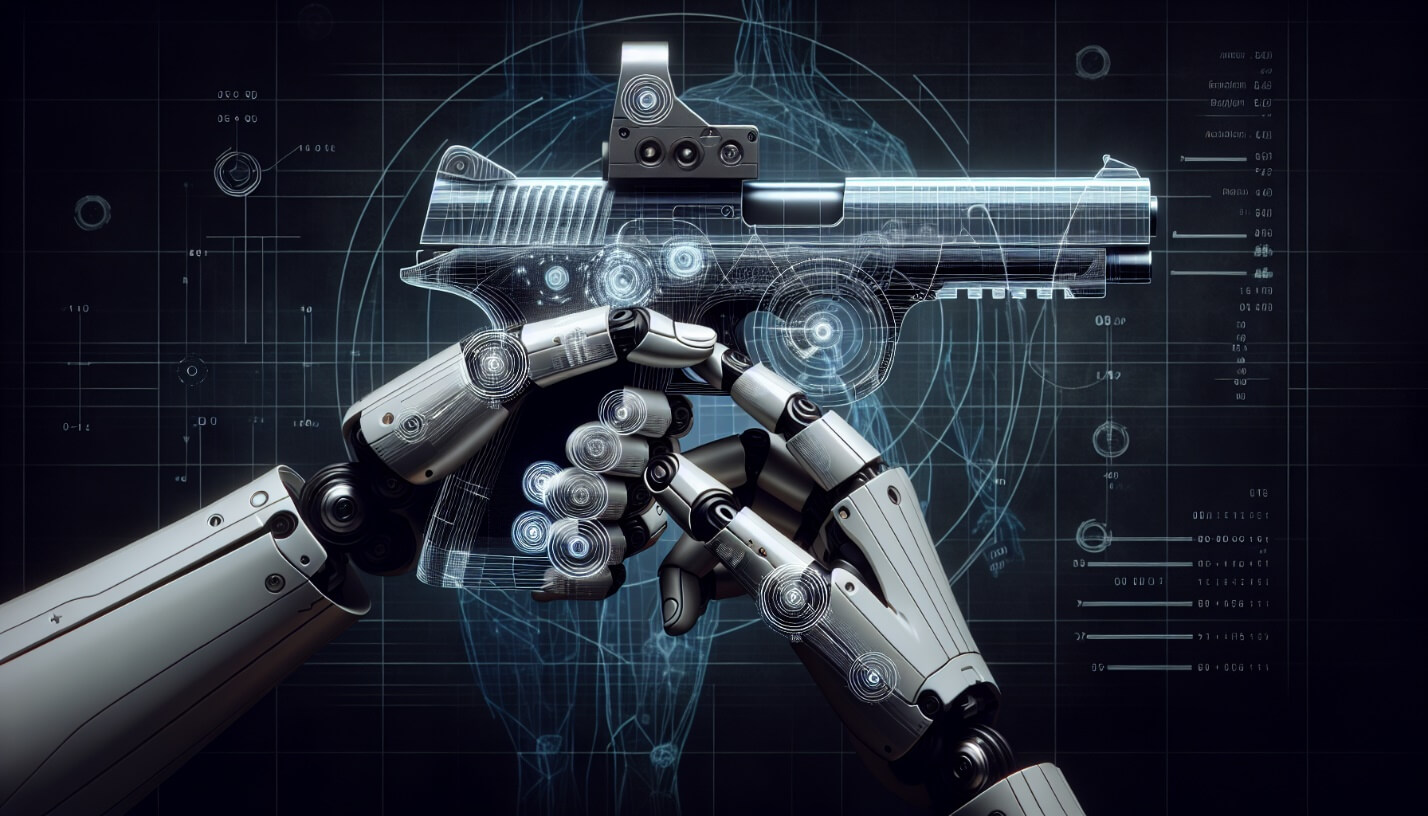
The synchronization of sight alignment and trigger control ensures accurate shooting, much like a well-matched marriage. The shooter must ensure that the sights are correctly aligned at the moment the trigger breaks. Sight alignment refers to the precise lining up of the rear and front sights on a firearm to secure a well-aimed shot.
For proper sight alignment, the shooter must focus on making the front sight post appear crisp and clear, allowing the target to be slightly blurry. Trigger control is critical in maintaining sight alignment, as pressing the trigger should not disturb sight alignment. Dry fire practice allows shooters to concentrate on these fundamental principles of trigger control without the use of live ammunition.
Maintaining Sight Picture During Trigger Pull
Attempting to shoot without maintaining a sight picture during the trigger pull can be likened to trying to paint on a constantly moving canvas. A correct sight picture is the image seen when the sights are aligned with the target, crucial for a well-aimed shot. Maintaining the sight picture during the trigger pull ensures the firearm remains on target throughout the shot process.
Incorporating trigger control into dry fire practice can help improve accuracy. Here are some tips to refine sight alignment and maintain the sight picture during the trigger pull:
- Focus on keeping the front sight properly aligned with the target throughout the trigger press.
- Practice “calling the shot” by mentally noting where the sights were aligned at the moment of firing.
- Use a smooth and controlled trigger press to avoid disturbing the sight picture.
By following these tips, you can enhance your normal trigger control and improve your pistol trigger control, leading to better shooting accuracy.
Adjusting for Follow-through and Recovery
Follow-through and recovery in shooting bear resemblance to those in a golf swing. They ensure continuity and accuracy. Follow-through involves maintaining sight alignment and focusing on the front sight through the gun’s recoil phase. Recovery involves bringing the handgun sights back onto the target with the front sight clear and the trigger in the reset position, readying for the next shot.
Effective recovery involves:
- Allowing the sights to settle back into alignment, is crucial for quick and precise follow-up shots in dynamic situations
- Taking actions post-shot to reacquire the target and be ready for subsequent shots, such as managing recoil
- Proper follow-through by maintaining grip and focus after the shot, is critical for facilitating quick recovery and preparation for the next shot when multiple shots are necessary
Consistency Across Multiple Shots
A skilled shooter is marked by consistency across multiple shots. Much like a pianist hitting the same note flawlessly time and again, a shooter must maintain focus on:
- Trigger control
- Breath
- Grip
- Aim
Ensuring that each shot is as accurate as the first.
Muscle memory through repetition is key to achieving consistent trigger control across multiple shots.
Advanced Trigger Control Techniques
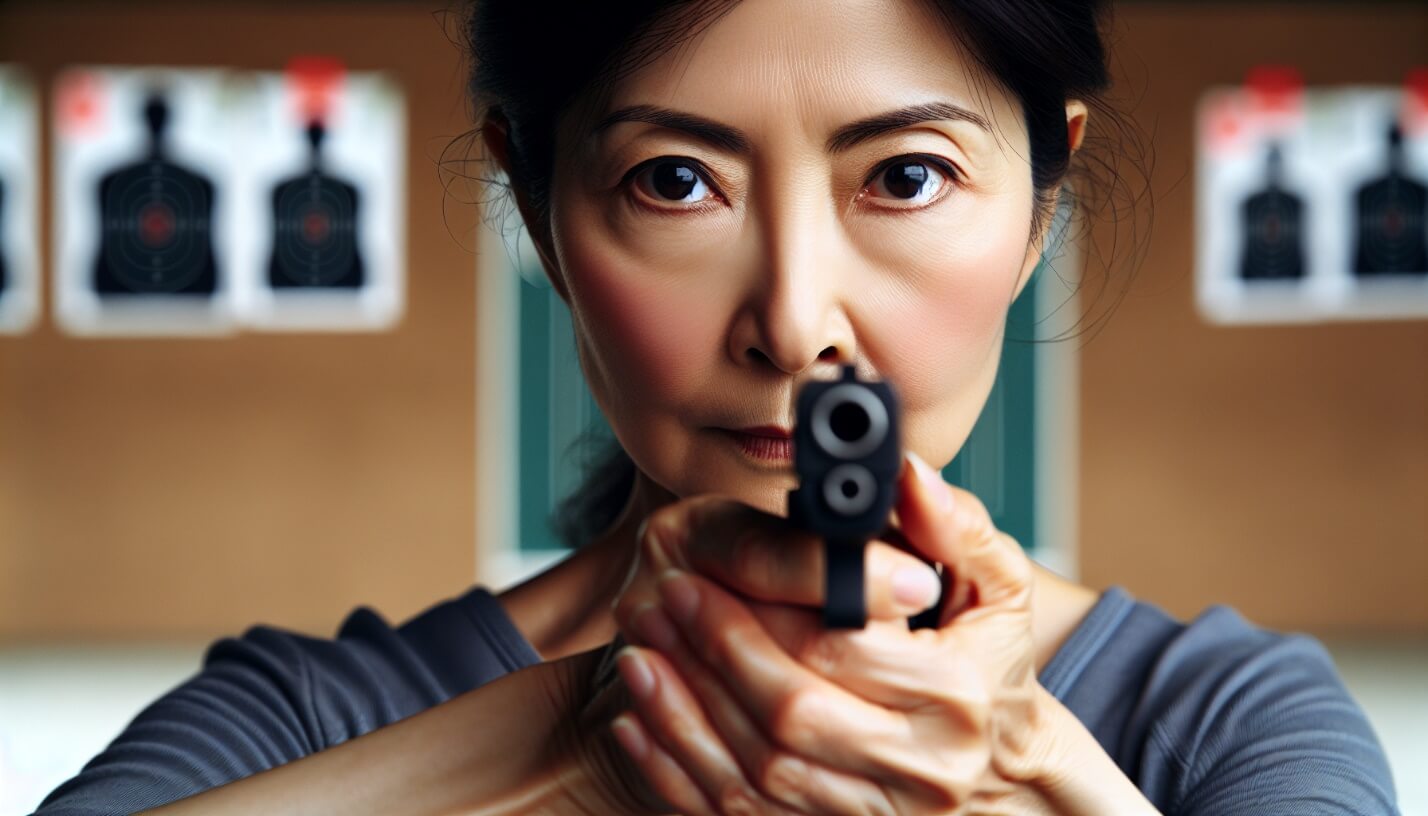
Experienced shooters seeking to refine their skills might find game changers in advanced trigger control techniques like the rolling trigger and reset and prep methods. The rolling trigger technique involves pulling the trigger straight to the rear with a quick release, bypassing the trigger reset position. While novice shooters may find this technique challenging, advocates believe it enables shooting as effectively as the trigger reset method.
Double Action vs. Single Action Triggers
The choice between double-action and single-action triggers can significantly impact shooting accuracy. Double action triggers require a longer, heavier pull as the trigger must both cock and release the hammer. For optimal strength when pulling heavy double-action triggers, using the first joint of the index finger instead of the pad can prevent pushing the gun off target.
On the other hand, single-action triggers generally allow for a lighter, more precise trigger pull, beneficial for accuracy at longer ranges. Thus, understanding the nuances of these triggers is crucial in mastering precision.
Managing Trigger Reset for Faster Follow-Up Shots
Understanding the concept of trigger reset is akin to knowing when to shift gears in a car for optimal performance. The trigger reset is a trigger mechanism that occurs after a handgun is fired, typically indicated by an auditory or tactile click. Recognizing the trigger reset point is crucial for reducing shooting errors and minimizing deviation introduced during the trigger press.
Maintaining slight pressure on the trigger enables the shooter to find its natural stopping point, crucial in identifying the reset for subsequent shots. Consistent management of trigger reset is essential for maintaining rhythm and speed, especially during scenarios involving multiple targets.
Customization and Trigger Modifications
Just as customizing a car’s engine can enhance performance, custom trigger modifications can also improve trigger control. These modifications can improve trigger control by allowing shooters to adjust the weight, travel, and break of the trigger to match their shooting style and preferences.
Trigger modifications that match a shooter’s personal shooting style can lead to a more controlled and precise shooting experience. Adjusting the trigger travel distance is also critical, as too long a travel can introduce errors during trigger press, and too short a travel can risk negligent discharges.
However, firearm safety should be paramount when modifying triggers; adjustments should maintain the safety of the firearm and not lead to accidental or negligent discharges.
Practical Shooting Drills for Enhanced Trigger Discipline
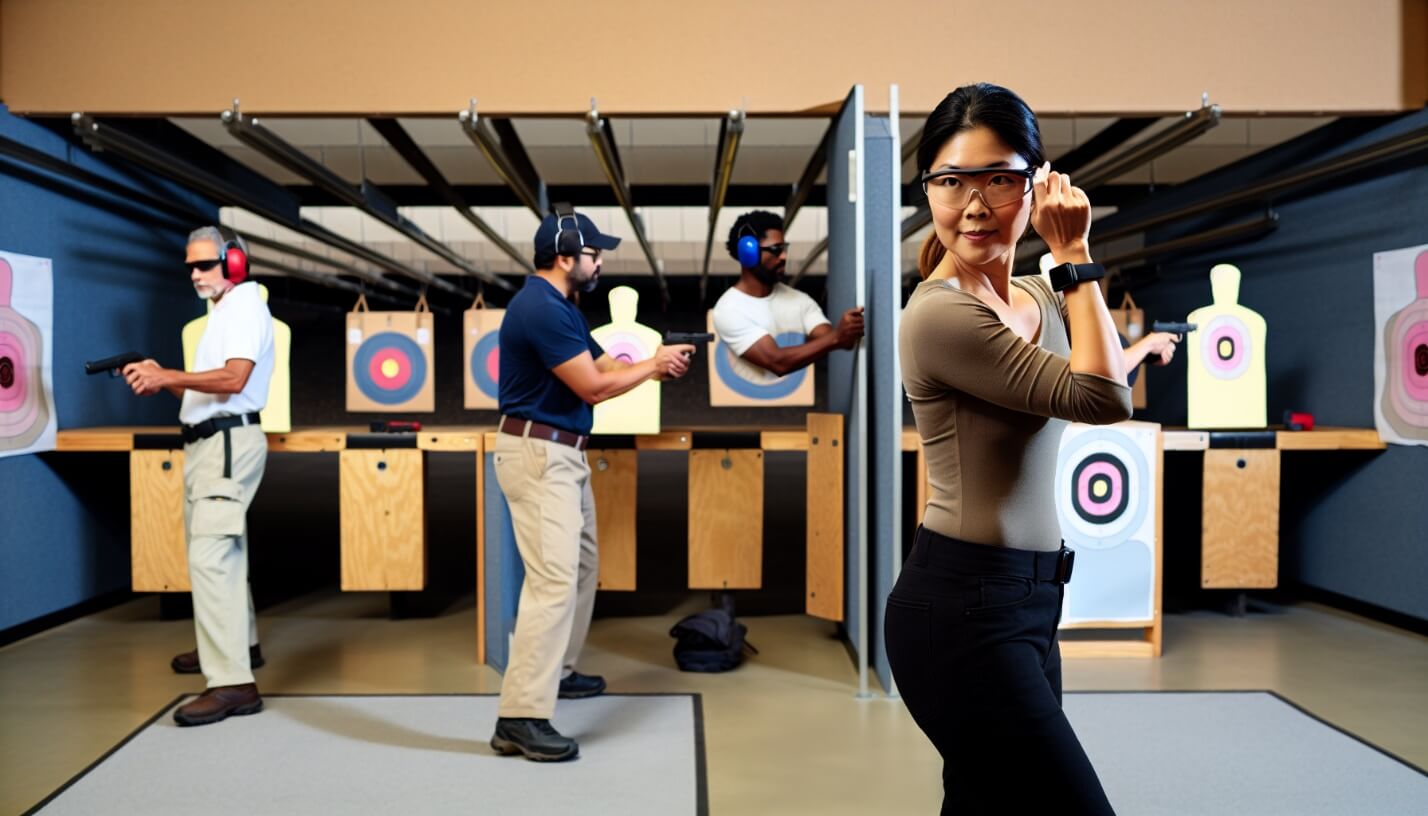
Just as practice makes perfect in other fields, it holds true for shooting as well. Practical shooting drills, such as the Wall Drill, Ball and Dummy Drill, and Rhythm Drills, can enhance trigger discipline and accuracy in various shooting scenarios.
The Wall Drill for Trigger Control
For shooters of all skill levels, the Wall Drill - a simple exercise designed to enhance trigger manipulation and strengthen mental control, serves as a perfect starting point. The objective of the Wall Drill is to execute the trigger pull without disturbing the front sight, thus keeping the firearm’s aim steady until the firing mechanism ‘clicks’. For a more advanced version of the drill, try executing it using various grips, including a two-hand grip or employing the stronger or weaker hand alone.
Ball and Dummy Drill for Anticipating Recoil
Creating an element of unpredictability, the Ball and Dummy Drill is a practical exercise that involves mixing snap caps or dummy rounds with live ammunition in a magazine. A partner can load the dummy rounds into the magazine without the shooter’s knowledge to ensure the drill’s effectiveness.
This drill is highly effective in preventing shooters from anticipating the shot, thereby correcting flinching and improving trigger discipline.
Rhythm Drills for Sustained Fire Control
To develop a steady firing cadence while maintaining accuracy, Rhythm Drills involve firing controlled pairs or multiple shots at a consistent pace. Subcaliber training with firearms that replicate the feel of larger caliber guns but use less expensive ammunition can help shooters practice rhythm drills more economically.
The goal of Rhythm Drills is to increase the speed of accurate shooting without sacrificing the quality of hits on the target, also known as achieving an ‘acceptable sight picture’.
Summary
This blog post provided a comprehensive guide to mastering precision in shooting through proper trigger control. It covered the basics of proper grip, finger placement, trigger slack, positive pressure, and sight alignment. It also delved into advanced techniques like double-action and single-action triggers, trigger reset, and customization. Practical shooting drills were also introduced to help enhance trigger discipline.
The key takeaway is that proper trigger control is essential for precision in shooting. It requires continuous practice and understanding of the various components involved. Whether you’re a novice shooter or an experienced one, these techniques and drills can help you improve your shooting skills and achieve precision. Remember, the journey to mastering precision is not a sprint, but a marathon. So, load up on patience, practice regularly, and see your shooting accuracy improve over time.
Frequently Asked Questions
What is trigger control?
Trigger control is essential for shooting accuracy, as it involves smoothly controlling and pressing the trigger until the shot breaks. Mastering this fundamental is crucial for improving shooting skills.
What is the importance of grip in shooting?
A steady grip is essential for accurate shooting as it helps maintain sight alignment and directs recoil for better follow-up shots.
What is dry fire training?
Dry fire training is a practice method that involves pulling the trigger without live ammunition, helping to build muscle memory for a smoother trigger pull and improving marksmanship. It is an effective way to improve shooting skills.
What is the difference between double-action and single-action triggers?
In conclusion, double-action triggers require a longer and heavier pull, as they both cock and release the hammer, while single-action triggers typically allow for a lighter and more precise trigger pull, which is beneficial for accuracy at longer ranges.
What is the Wall Drill?
The Wall Drill is an exercise to improve trigger manipulation and mental control by practicing pulling the trigger without disturbing the firearm's aim, which helps strengthen shooting skills.
We are offering a Micro- course about How to Shoot Accurately and Shooting Accuracy
